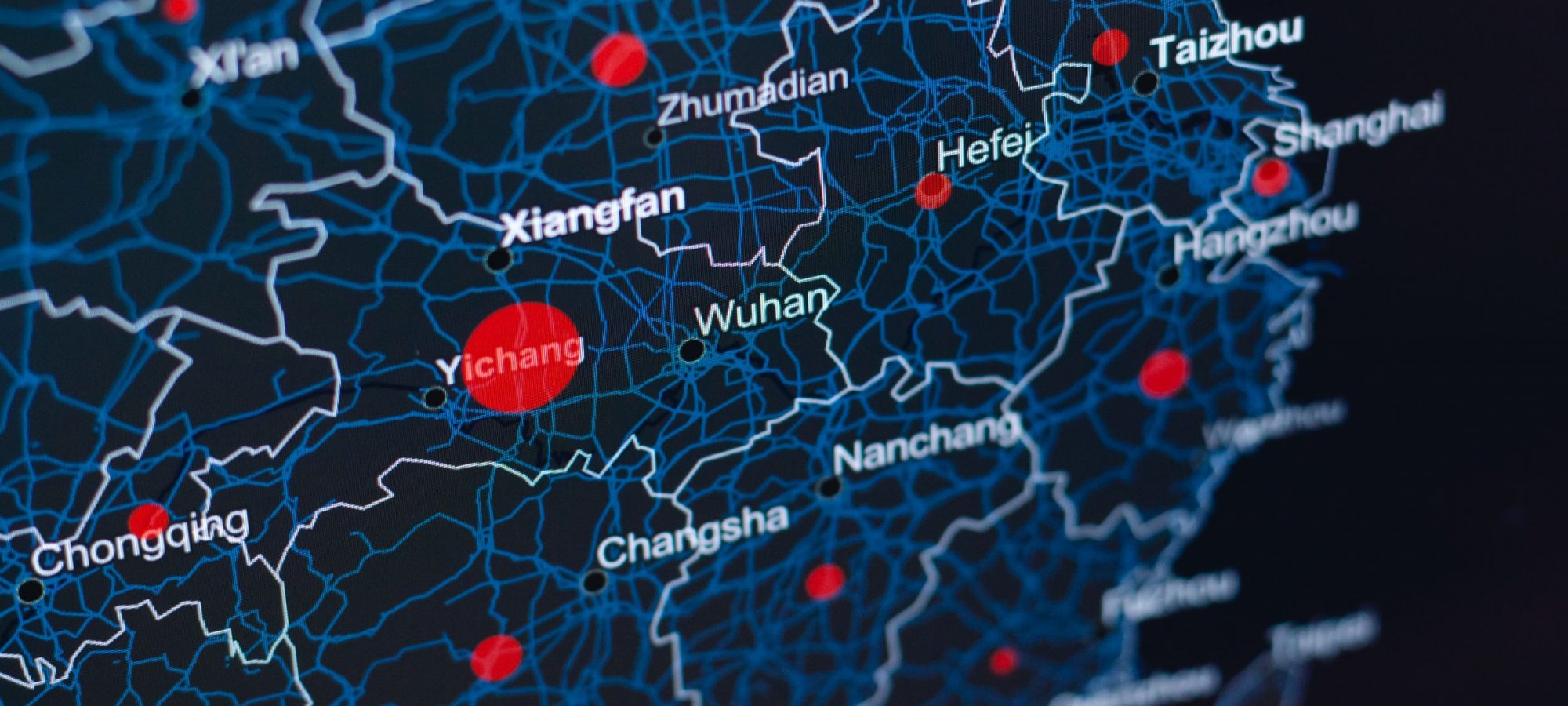After 70 years of efforts to eliminate malaria, the People’s Republic of China is now certified malaria-free by the World Health Organization (WHO). China adds to the other 39 countries in the world certified by WHO as malaria-free in modern history – a status defined by WHO as a country with no indigenous malaria cases for three consecutive years, as demonstrated by robust malaria surveillance. China is the largest and most populous country in the world and has the world’s largest economy. Half a century ago, China saw over 30 million cases and over 300,000 reported deaths from malaria. They successfully brought down this vast number of infections to zero local transmission in 2016.
So, what did it take for China to reach this impressive and historic achievement? There are three key components.
A whole-of-government approach. China had malaria strategies and plans backed by the highest level of government and well-coordinated mechanisms across the ministries that focused efforts where their biggest problems lay. Provinces with the highest burden of malaria were prioritised and resources were allocated accordingly. Local governments were empowered and also fully supported by central government to carry out high-quality implementation. When the malaria curve was flattened, China realised transmission would persist in border and remote areas. Notably, Yunnan Province which has a long international border with Myanmar, Laos, and Vietnam, posed significant challenges due to migration across these borders. In response, China established inter-country collaboration with its neighbours, sharing resources and information to tackle the shared problem and became a founding partner of the Asia Pacific Malaria Elimination Network (APMEN) – a network of countries and stakeholders committed to eliminating malaria across Asia Pacific by 2030. Malaria Consortium hosted the APMEN Surveillance and Response Working Group and the Vector Control Working Group working side-by-side with China and all of the APMEN countries to address technical and operational challenges in reaching this goal.
An expanded malaria elimination toolbox. China did two key things to improve and increase the number of tools at their disposal to tackle malaria. They invested efforts in research and development, largely driven in-country by national institutions, for example rigorously testing the use of long-lasting insecticidal nets (LLINs), long before these became recommended by WHO as a core prevention tool as well as testing and adding Artemisinin as a strong therapeutic for malaria. These tools, championed by China, were later qualified by WHO and benefited other countries. In addition, they also moved away from a one-size-fits-all approach and implemented tools adapted and appropriate to local transmission settings. There is no doubt that China faced challenges, including drug-resistant parasites and insecticide-resistant vectors, but understanding what worked and what didn’t work and adapting their responses accordingly and in a timely manner gave them an advantage in the fight.
Data-driven strategies and prioritisation of innovation. China successfully transformed surveillance as a core intervention as they transitioned from malaria control to elimination and progressed along the transmission continuum. Their ‘surveillance 1-3-7’ approach, in which malaria cases once found are notified within one day, investigated within three days, and responded to within seven days had the primary objective to interrupt onward transmission and was carefully timed to align with the parasite lifecycle and transmissibility. This rigorous approach set a benchmark, especially in the timeliness of data and response in effective surveillance, and was hailed as an international role model pushing other countries to shift from aggregated to case-based surveillance with real-time notification. In early 2013, when countries in the Greater Mekong Subregion adopted the bold vision of eliminating malaria rather than simply containing and reducing its burden, the first step was transforming their surveillance systems. Malaria Consortium contributed to this process through the Innovative Malaria M&E, Research and Surveillance (IMMERSE) programme, conducting systems assessments and producing technical and operational recommendations for the changes needed to meet the requirements of malaria elimination surveillance, alongside China, WHO and other partners. China, with its advanced economy was well placed to leverage this to implement recommendations on a large scale. In addition, their technological innovations particularly in surveillance information and data ecosystems meant increased data granularity and quality. Accessibility of this data across different agencies within the Ministry of Health and across different ministries, and an increase in local capacity to use this data for decision making, contributed greatly on the impact they were able to have.
China’s recent achievement is a message of hope as well as a guidebook for the rest of the world to follow if malaria is to be eliminated globally. However, we should be wary – countries that have eliminated malaria cannot drop their guard and pack up their toolkit while the risk of malaria cases being imported remains and with it, the potential for local transmission to be re-established. The only way for every country to be safe is to continue investing in strong surveillance and response systems and expand the map of ‘malaria-free countries’ until malaria is eliminated from all endemic countries.
Htin Kyaw Thu is a Technical Specialist for Malaria Consortium
